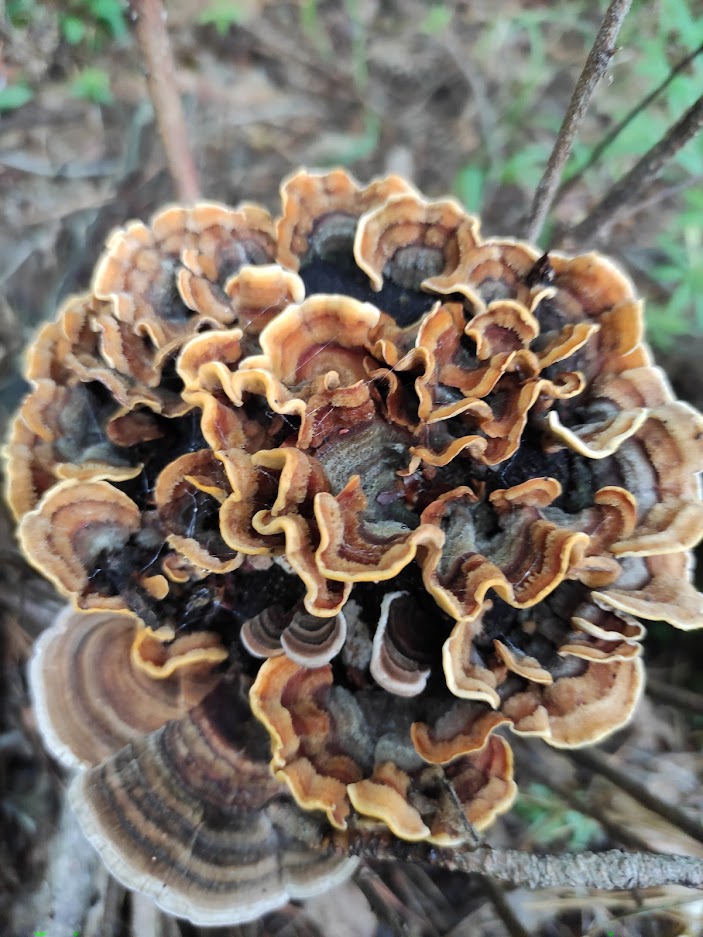Polypores are a group of fungi that form large fruiting bodies with pores or tubes on the underside. The overwhelming majority of polypores are wood destroyers. And in many cases they are the primary cause of the defeat and subsequent death of living trees. The vegetative body of the fungus (mycelium) develops and functions in the wood of living or dead trunks, mud, stumps, and less often in the branches of trees and shrubs.
The mineral nutrition of tinder fungi as wood-destroying fungi is determined by the nature of the substrate. The wood of a growing tree is relatively poor in ash, the content of which fluctuates within 1% of the dry matter mass. As a result, the requirements of tinder fungi to mineral nutrients are very small. The ash of mushrooms usually contains a lot of P2O5 (up to 40-50%), the content of K2O reaches 20-30%. The rest of the elements are presented in units of percent or their fractions. An increase in the total concentration of mineral substances in the substrate affects the ash content in mushrooms, causes intensive growth and more powerful destructive activity.
Nutrients
Nitrogen, as the most important nutrient in organic compounds, is more available for tinder fungi than mineral nitrogen. With an increase in nitrogen in wood, the growth rate of fungi and the intensity of their activity increase. For example, wood impregnated with a 1% solution of peptone decomposes by an ordinary tinder fungus (Coriolellus serialis) by 50% or more than the control one.
The growth and activity of wood-destroying fungi to a large extent depend on the content of nitrogen compounds in the substrate. Hyphae penetrate into wood primarily along the core rays and grow most of all in them. Since the core rays contain the bulk of nitrogen compounds. The absorption of nitrogen bound in an inorganic depends on the reaction of the substrate. And on the nature of the ampholytic cytoplasmic proteins, since in a more acidic than optimal environment. Cytoplasmic proteins of some fungi appear as cations, in less acidic ones – as anions.
More photos in our gallery- https://iphoto365.com/gallery/
Pinterest- https://www.pinterest.com/iphoto3657/_saved/
For non-commercial use

